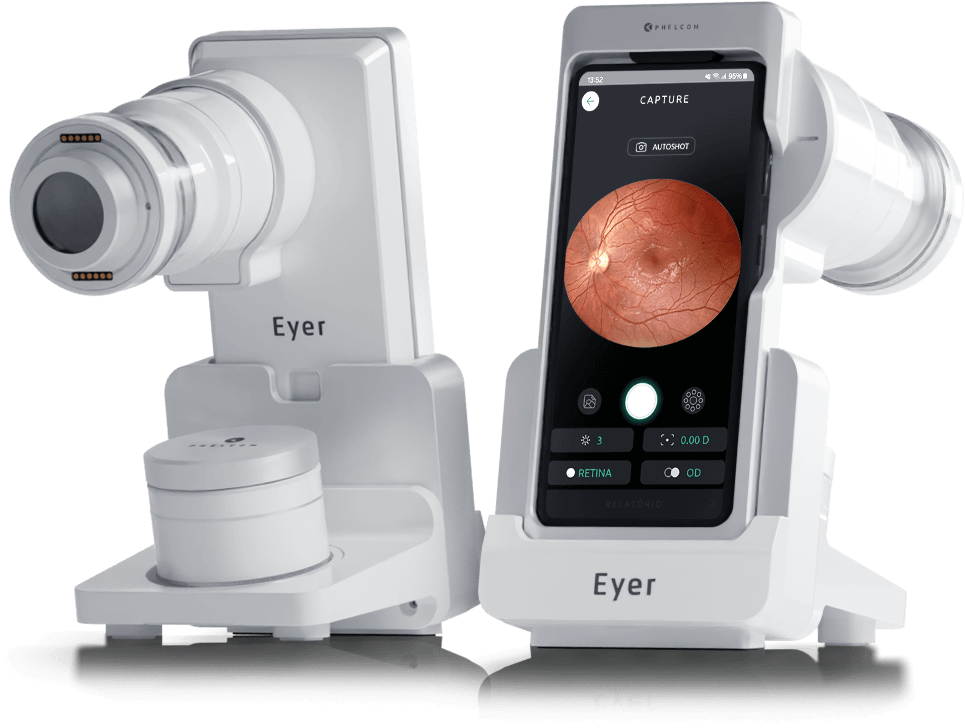Business Intelligence (BI) is a concept aimed to assisting business management from collection, management and analysis of data. Even in the healthcare area.
More and more offices, clinics, hospitals and other institutions in the sector have joined the system. Its main advantages include: information evaluated more assertively, increased productivity, optimized processes and identification of possible improvements and opportunities.
Learn how the system works, its benefits and how to install BI in healthcare.
BI in healthcare: how it works
BI collects all data from the clinic and safely stores it in a single location. This function itself is a great advantage, mainly due to the new General Data Protection Regulation (GDPR). Information analysis and decision-making – such as new actions to improve processes or correct bottlenecks – turn faster and more effective with that functionality.
In fact, the ease of integration of numerous data and the variety of specialized BI systems on the market allow more intelligence to the medical offices. This may range end-to-end: from patient consultation to daily financial balance, when integrated with already implemented medical management software.
Simple charts and reports allow widening the strategic view on the business as a whole. In BI, health can show different points of view on your management model.
You can also use BI in equipments while managing data from each patient. It allows to learn deeply about the potentialities of each device.
BI in healthcare: advantages
Learn the main benefits of using BI in healthcare:
1. Deep data analysis
Every day, your clinic generates large amounts of data, such as appointments, patient medical records, inventory entry and exit, expenses, incomes, etc. It is practically impossible to evaluate all that data manually. That’s why more and more healthcare businesses are opting for BI tools.
The system makes the data available in reports and graphs that are simple to interpret and more agile. For example, you can measure your average number of patients per day, consultation length, absences, follow-up appointment rates and patients’ healthcare plans.

2. Process optimization
The information at hand enables troubleshooting and improving processes. For example, you can identify the number of monthly absences and take actions to decrease them, such as sending appointment reminders the day before. You can also set the approximate lifetime of disposable material and request for replacements in advance.
It surely increases quality of daily activities and assures a more profitable business.
3. Preventing risks and identifying opportunities
Process optimization links directly to risk reduction. As BI applied to healthcare helps identifying business bottlenecks, you can anticipate problems that can bring serious harm and headaches. For example, the number of patients cared for decreases at certain times of the year. You can prepare your budget for that phase by predicting this scenario.
More than predicting risks, the tool also allows to identify growth opportunities. For instance, is there a constant demand for services from your clinic and a long waiting list? It may be an indication that it is time to expand business. All depends on what the other data says.
4. Higher quality management
All this naturally leads to improve the management. By showing the real situation of your business, BI in health allows you to correct errors, implement new processes, diagnose more assertively, organize routine, improve productivity, increase profitability and reduce costs. And, of course, improve the quality of patient care.
To use the tool, you need to resort to medical management systems for input data to the tool. If you still do not have it or seek for new, more complete options, you need to consider the ease of access and the organization of the information provided. Also evaluate if it provides state-of-the-art technology, cloud storage with full data security and high-quality support.
Reviewed by Paulo Schor, ophthalmologist, associate professor and director of innovation of the Federal University of São Paulo (Unifesp) and collaborator of the Faculty of Medicine of the Albert Einstein Hospital.
Follow Phelcom blog and stay on top of the main news on office management!
Subscribe




